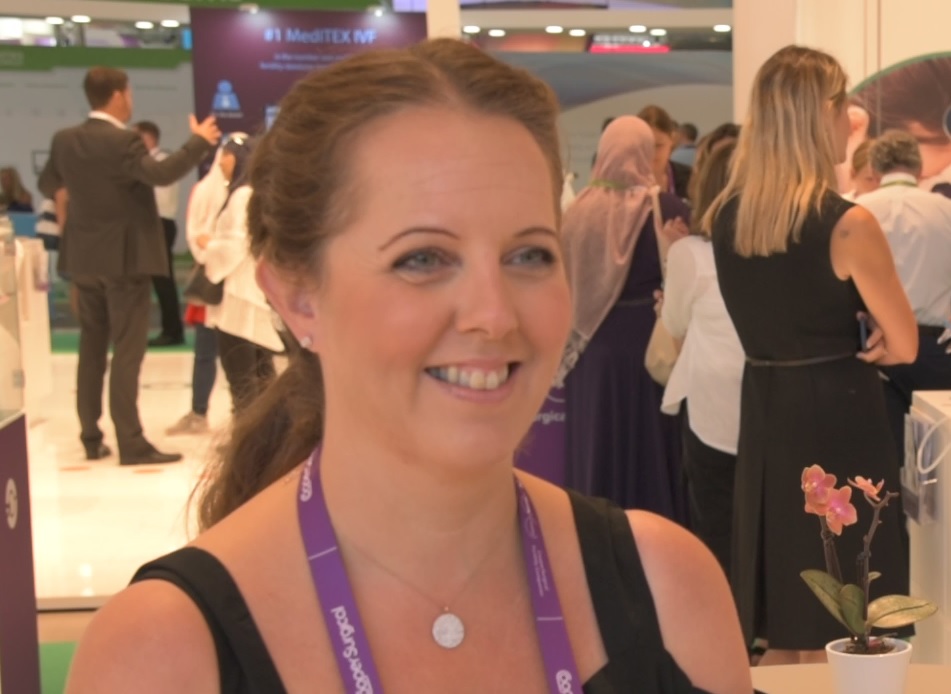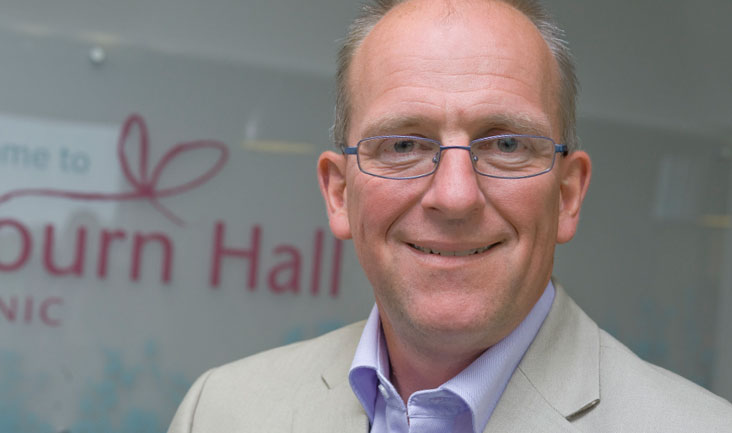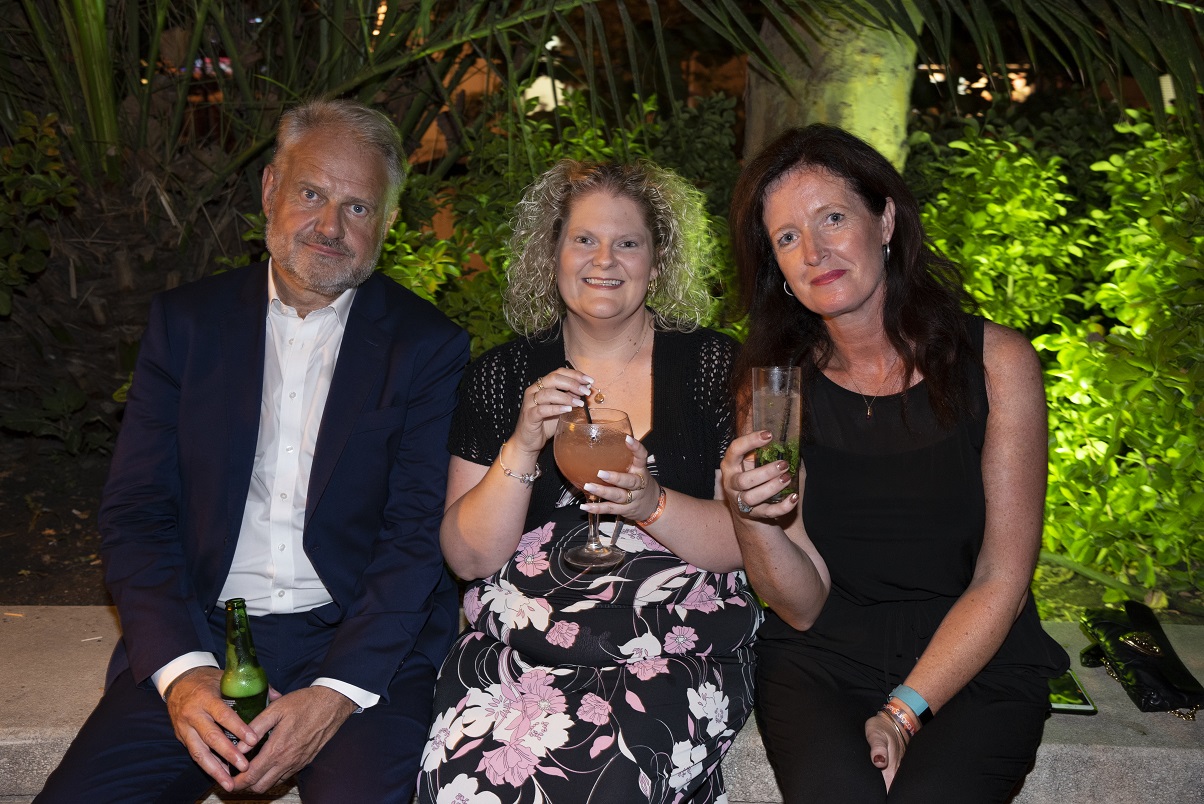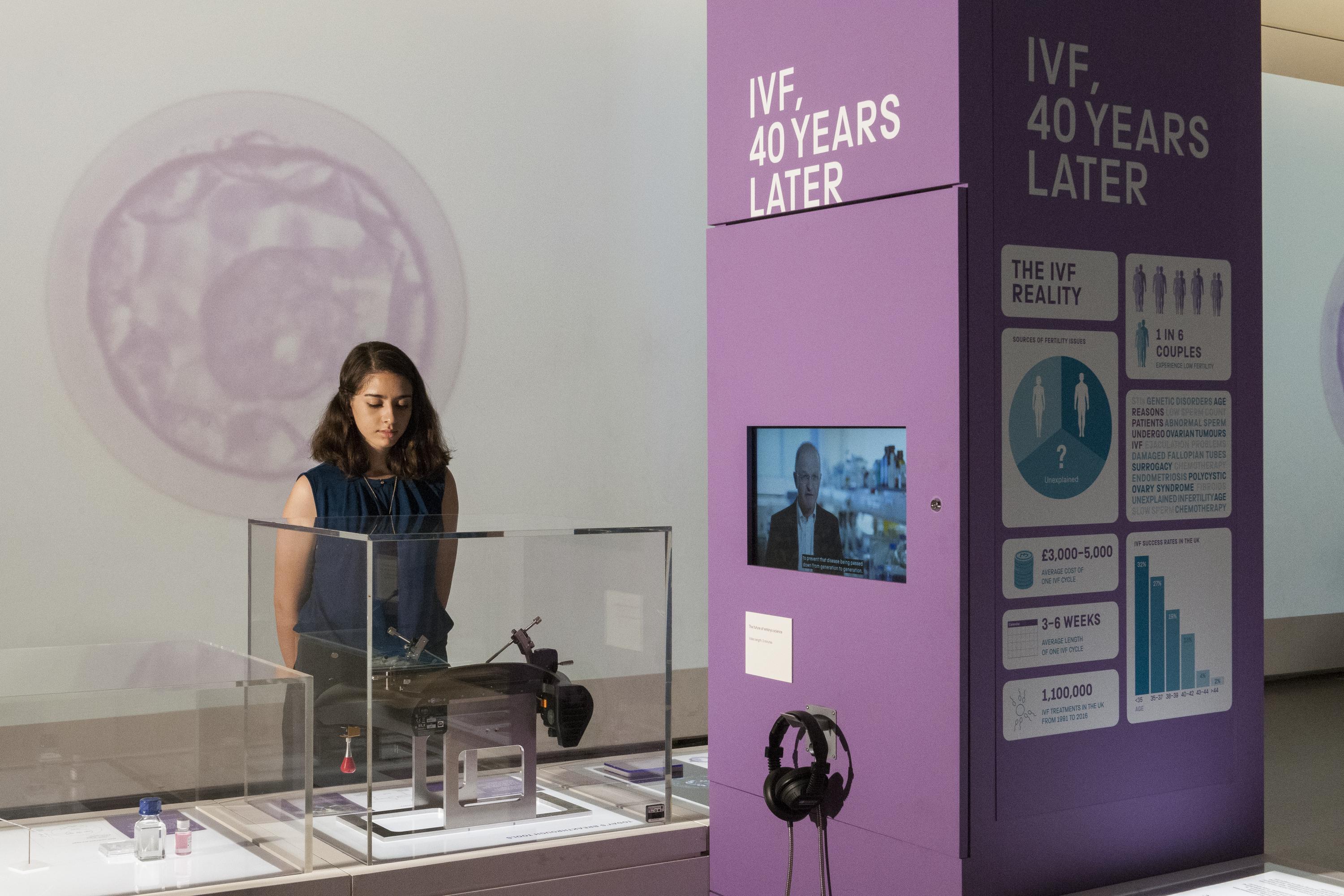
Since the first-ever IVF birth in Oldham, England, 40 years ago today of Louise Brown, artificial reproductive technologies (ART) and reproductive genetics have advanced at a rapid rate.
From the development of ‘Human Tubal Fluid’ by Patrick Quinn and Graham Warnes in 1985 that mimicked the in vivo environment, through to more recent research currently available about prioritizing mosaic embryos for transfer, discoveries are continually being made.
In keeping with ongoing research, businesses within the ART industry have been devising and developing products and devices specifically designed for clinicians with the shared aim of helping people create happy, healthy families.
Wallace Classic Catheter

“I had the privilege, in the very early days, of working at Bourn Hall Clinic, which is the oldest IVF unit, and my mentor and PhD advisor was Robert Edwards,” says Professor Charles Kingsland, Consultant for the IVI group (Cheshire).
“He asked his friend, Harry Wallace, to design for him a catheter that was atraumatic, that could easily penetrate the cervical canal and be loaded with embryos, safely and carefully, before delivering them into the uterine cavity.
“If you were able to experience working with Robert Edwards in the laboratory as I did, as a junior research fellow working in the oocyte collection room, you’d realize the enthusiasm, clarity and carefulness with which he used embryological techniques to load a catheter.
“I see the Wallace catheter, which has changed very little over the years, as being the gold standard.”

Sarah Fry, Global Product Manager,
Needles & Catheters, CooperSurgical
“As ever, the Wallace Classic Catheter still remains a popular device for clinicians who perform embryo transfer. We associate it with the birth of Louise Brown because Harry Wallace worked with pioneers, Robert Edwards and Patrick Steptoe, during its development before it became commercially available in the 1980s”.
Knowledge Sharing
“His enthusiasm is really the thing that sticks in my mind, it truly was infectious,” says Martyn Blayney, Scientific Director at Bourn Hall Fertility Clinic, speaking about his experience as a trainee embryologist under the tutorship of Robert Edwards in 1989.
In the case of Louise Brown, he adds; “What shines through for me was their dogged determination. There were an awful lot of failures and hurdles to overcome and there was no-one to ask questions.
“Nowadays if we’re having a problem in the lab we ring up a colleague and ask what they would do to solve it. They didn’t have that luxury. They were also working in the face of a lot of criticism, so they were very strong characters to continue their work, they really truly believed in what they were doing.
“I’m very keen to spread the history of IVF and to help our current colleagues be aware of the difficulties that Steptoe and Edwards faced, among others.”

Martyn Blayney, Scientific Director,
Bourn Hall Fertility Clinic
“For years, we’ve had a very long and healthy relationship with the CooperSurgical fertility companies, I would describe it as symbiotic really. CooperSurgical give me the opportunity to speak to a wide audience of embryologists and I’m always very keen to do that. We also help out with new CooperSurgical staff members who don’t have access to IVF labs, which is something we’ve always thought is absolutely essential for staff development.”
“Last week, we celebrated Jean Purdy who was very much the third person of the IVF trilogy, and sort of an unsung hero,” said Martyn. “We had a small church service where she’s buried in Grantchester (Cambridge) and had a blessing for a new headstone that’s been erected in her memory, which commemorates her part in the birth of Louise Brown.”
Birthday Celebrations
“This year, I met Louise Brown for the first time and I was a bit star struck. It was out of this world, and she’s lovely,” says Charles. “I believe Louise was the 106th attempt at IVF, and now, almost 50% of women who come to our clinics get a baby.
“At the recent ESHRE Congress in Barcelona, 10,000 members of the world’s reproductive medicine specialists congregated to discuss research and development, to give patients an even better chance of achieving pregnancy and the child that they so desire.
“It’s so amazing, the technology we’ve adapted over the last 40 years to create six million babies worldwide.”

Professor Charles Kingsland with Louise Brown (centre) and Professor Kingsland’s wife, Jackie
As a surprise guest at the CooperSurgical fertility companies and CooperGenomics ESHRE 2018 party, celebrating IVF is 40, Louise Brown said:
“Mum would be so surprised to see how far IVF has come in 40 years, I don’t think she’d quite believe it. It’s fantastic, the work that doctors can do to help people have a family with all the different problems that are around.
“So far this year I’ve been to Marrakesh, Chicago, Barcelona; where I’ve had Happy Birthday sung to me, and complete strangers coming up and wishing me Happy Birthday which is really lovely.”
“I’ve also recently celebrated my birthday in Tokyo, Japan – which was really special. I’d last been there when I was nine months old and Mum and Dad told me all about it but I couldn’t remember it, now I’ve experienced it for myself.”
Technology Over Time

The London Science Museum exhibition IVF: 6 Million Babies Later is celebrating the 40th birthday of IVF. Among the exhibits, our Wallace Classic Catheter and an old RI Integra micromanipulator show how technologies have helped shape the progress of IVF.
Running until November, it explores the ten years of testing, hundreds of failed attempts and many setbacks faced by Robert Edwards, Patrick Steptoe and Jean Purdy, in their quest to treat infertility and achieve the first successful IVF birth.
The display also moves beyond the successful birth of Louise Brown and looks at the reality and the future of fertility intervention.
How Will You Celebrate?
Let us know how you are marking this momentous event on our social media channels!

 My Clinic is in the United States
My Clinic is in the United States My Clinic is in Canada
My Clinic is in Canada